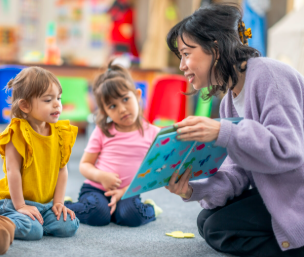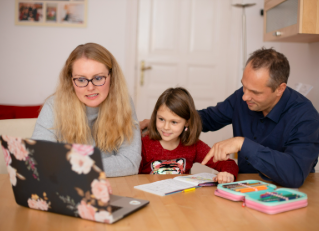Creative expression is a vital part of a child’s emotional and intellectual growth. Whether it’s painting, music, storytelling, or imaginative play, these activities give children the freedom to explore their thoughts and feelings in a safe, supportive environment. Encouraging self-expression not only nurtures a child’s confidence but also helps them build essential communication and problem-solving skills.
Why Creative Activities Matter
Creative outlets provide children with a voice when words are difficult to find. Art, music, and drama allow young learners to express complex emotions and ideas that may be hard to articulate. This kind of expression strengthens emotional resilience and promotes healthy self-awareness. It also fosters curiosity, critical thinking, and the joy of discovery—qualities that benefit children well beyond the classroom.
Ways to Foster Creative Self-Expression
-
Provide a Variety of Materials
Give children access to different art supplies, musical instruments, costumes, or building tools. This variety sparks interest and allows them to choose mediums that suit their personality and mood. -
Create a Judgment-Free Zone
Praise effort over outcome. Allow children to experiment freely without fear of criticism. This boosts their willingness to try new ideas and be imaginative. -
Use Open-Ended Prompts
Instead of offering specific instructions, ask open questions like, “What story does your drawing tell?” or “How would you solve this with your own design?” This approach invites creativity and reflection. -
Celebrate Their Work
Display their artwork, record their songs, or perform their puppet shows. This appreciation builds pride and encourages continued expression. -
Model Creative Behavior
When adults engage in creative activities themselves—writing, dancing, crafting—it shows children that expression is valuable at any age and builds a shared connection.
Long-Term Benefits of Self-Expression
Children who engage in creative activities often develop stronger communication skills and emotional intelligence. These benefits extend into social relationships and academic settings, helping them collaborate, resolve conflicts, and embrace diversity of thought. Encouraging creativity today plants the seeds for innovative thinking and emotional balance in the future.
Conclusion
By offering time, space, and encouragement, adults can help children express themselves in meaningful and joyful ways. Creative activities are more than just play—they are essential tools that support self-discovery, resilience, and lifelong learning.


